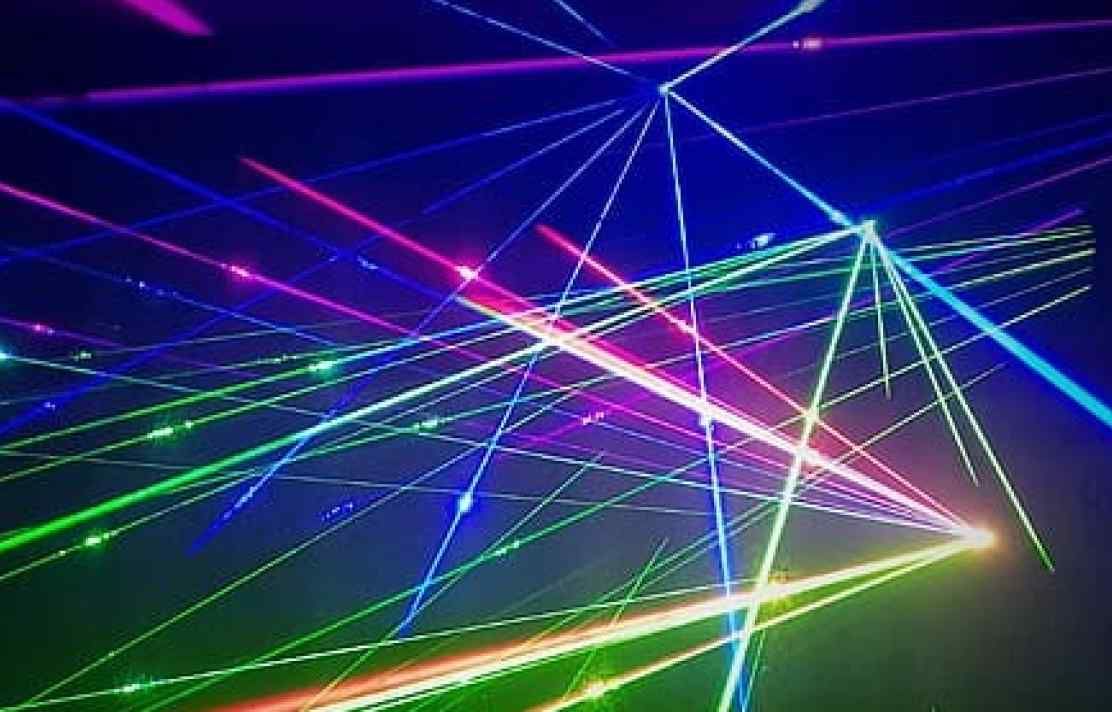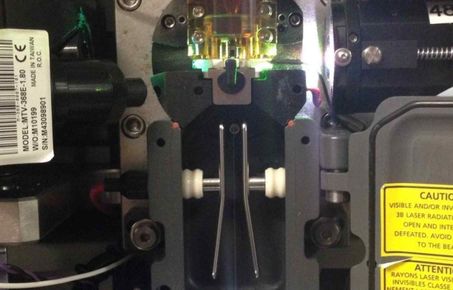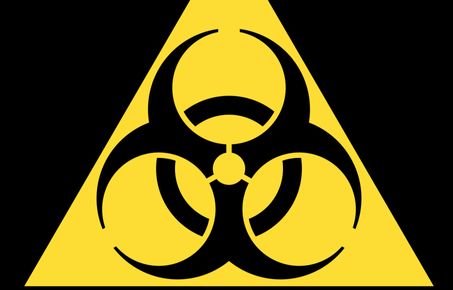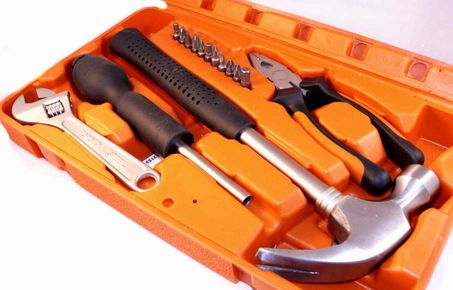Induction
- All new users must complete a facility induction. This will be part of initial training.
- All users of Melody (522-SAFB), NanoFCM (522-SAFB), Fortessa II (638-SAFB), Calibur (3.3-Flowers) or CellStream (3.3-Flowers) will require additional induction for CL2 safe working.
User H&S records
Users are responsible to keep their Health and Safety records up to date.
- All users should log flow cytometry training in their personal competency records (FoNS, users from other faculties should contact their departmental Health and Safety team for information of training record system).
- All user projects should be logged with facility biosafety database, and bio1 RADAR for CL2 samples.
- Users should also read current facility and system-specific COP available on PPMS.
Risk assessment
Prior to using any of the facility instruments, a risk assessment form needs to be completed. Please also refer to the Biosafety webpage for more information.
- A new entry in the facility biosafety database is required if new work is to be undertaken or changed. For unfixed bacteria, yeast and fungus, HG2 and class II organisms/human cells, upload of an approved bio1 form will be required. Bio1 form information to include.
- All samples brought into the facility should be contained within lidded tubes and a secondary container i.e. a polystyrene box.
- A spillage protocol should be developed for each sample type.
- Risk assessments must also be completed for use of hazardous chemicals.
Local rules
- No eating or drinking in any flow facility labs.
- Tubes should be visually inspected for cracks before placing on cytometer, particularly in CL2 rooms and when working with pathogens and GMOs. If the tube is cracked, aerosols will be released when the system becomes pressurised.
- Sharps should be disposed of in yellow sharps bins.
- CL1 samples can be disposed of in the orange waste bins.
- CL2 samples must be returned to the user’s lab for disposal in accordance with local rules.
- Users should inform staff if 1% virkon and 0.5% sodium hypochlorite are not suitable for decontamination purposes.
Lone working
Normal working hours are defined as 07:00 – 18:00, Monday-Friday. For access outside these hours and days e.g. weekends and bank holidays, the user has to seek authorisation via the Faculty of Natural Sciences Lone Working Policy.
Staff/PhD students using the SAFB Flow Cytometry Facility need to submit applications using the electronic system on the "Lone Working" Health & Safety webpages. Masters and BSc students and visitors without College status are not permitted to work at those times. Where workers from different faculties from Imperial College London are working in the facility, responsibility for the safety of those workers is shared between the worker’s own faculty and the Faculty of Natural Sciences.
We recommend that you carry a fully charged mobile phone at all times, and make use of the SafeZone App and buddy system.
Laser safety
Lasers in the cytometers are classed as IIIb – damage to the eye or skin can happen through direct beam viewing or specular reflections. However, lasers are enclosed during normal operation, therefore cytometers are considered Class I.
- Only an engineer or the flow cytometry staff can access the lasers.
- Exposed lasers need to be reported to the facility manager immediately.
The Imperial College course “Introduction to Laser Safety” is recommended but not compulsory for users.
Electrical hazards
Flow cytometers and their components operate at mains voltage. Live electrics are unexposed under normal operation, therefore risks are similar to those encountered in the use of other lab equipment.
- Modification/maintenance of the equipment is restricted to the facility manager.
- Only carbon dioxide fire extinguishers should be used around electrical equipment (including computers).
- Creation of fine mist of EtOH should be provided by using dripper bottles for disinfection with 70% EtOH.
Incident and near misses
Incidents and near misses should be reported to the facility manager and logged via SALUS.
Emergency procedures
If the fire alarm sounds:
- Users and facility staff should exit the building via the nearest fire exit.
- When in SAFB, stairs should be followed to basement and building exited at the back. The building should not be exited by crossing the SAFB lobby.
- When in Flowers, the fire exit route should be followed round the back of Flowers building.
- The meeting point is in front of the Queen’s Tower.
If a fire is discovered in the facility:
- The nearest fire alarm should be activated.
- Fire extinguishers should only be operated by trained users, and if the blaze can be tackled safely.
- Faulty fire alarms should be reported immediately via SALUS.
Medical and security emergency
In the event of a medical emergency, security should be called on 4444. 999 should NOT be called.
Unauthorised access to the facility should be reported to the facility manager.



